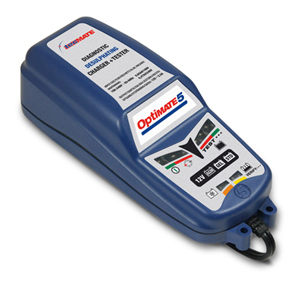

Get the results for the parameters of interest (Fig3).Simple image quality measures, such as standard deviation and contrast-to-noise ratio, which do not include the effects of properties such as image texture and signal power, can be misleading, particularly as they relate to radiation dose.
Optimage health software#
The software checks that the image and profile selected are compatible (Fig2). The parameters to evaluate are also defined in the profile selected (Fig2). In that way the comparison is performed for similar group of images. This profile should contain information about the phantom, the acquisition protocol used, the installation to be controlled as well as the tolerances and reference values.

On the tool bar we can see the different imaging modalities to choose. The results are also supervised by a medical physicist who is able to evaluate the statistical functionality as well as to export the data(Fig1).įigure 2 shows an active window of the Optimage for an x-ray CR image quality evaluation. Multiple users are able to access the program at the same time from different computer stations. The technologist will then retrieve and analyse the images through a “client” computer station where the Optimage application has been distributed(Fig1). The resulted images are then directed, in DICOM format, towards a virtual server (optimagesrv) where the database is found. Table2: Imaging modalities tested, the evaluated parameters, periodicity of the tests and phantoms used

SNR, CNR, spatial resolution, dynamic range, low contrast detail Homogeneity, spatial resolution, dynamic range, low contrast Signal, Noise, SNR, Homogeneity, distortion Table 2 summarises all the available tests and parameters evaluated as well as the periodicity of the controls. The acquisition of test object images by the technologist is done according to national and international standards and guidelines specific for each modality and installation. Table1: List of imaging modalities connected to the Optimage analysisįigure 1 shows the actual configuration of the Optimage mechanism and how it is used in practice. Table 1 shows the modalities evaluted through the Optimage software for the moment:ģ multislice scanners (6, 8 and 16 slices) Digital mammography quality controls will be also incorporated following the installation of a new mammography unit at the end of March 2010. Today, Optimage manages images obtained by the following imaging modalities: computer radiology (CR), digital radiology (DR), computer tomography (CT) and nuclear magnetic resonance (MR). The Optimage software is incorporated in the informatics system of our hospital and the transfer of the images is done via PACS system. The Optimage framework is developed by using Java programming language and analysis of digital images is based on ImageJ. The framework provides the user with features to store the images in a flexible and feature rich environment whereas different modules are using the appropriate calculation and evaluation methods for a number of imaging modalities(3). This software package is composed of the Optimage framework and modules. “Optimage” is the result of the collective work of the Luxembourgish ministry of health, the association of hospitals and the public research centre Henri Tudor/CR SANTEC.


 0 kommentar(er)
0 kommentar(er)
